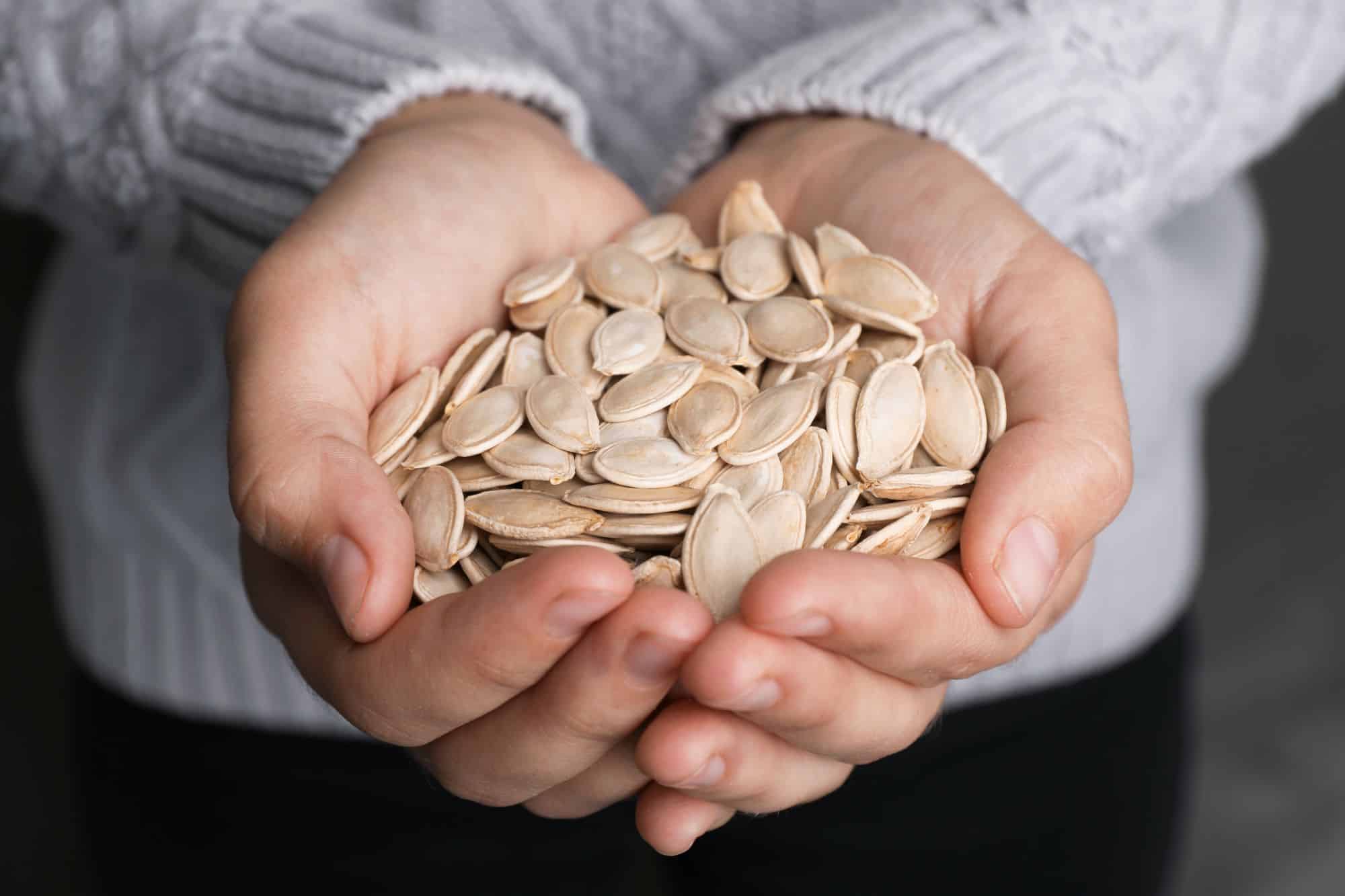

Articles
How To Store Seeds For Decades
Modified: January 24, 2024
Learn how to store seeds for decades with our informative articles. Ensure your seeds remain viable and ready for planting with our expert tips and techniques.
(Many of the links in this article redirect to a specific reviewed product. Your purchase of these products through affiliate links helps to generate commission for Storables.com, at no extra cost. Learn more)
Introduction
Welcome to the world of seed storage! Whether you’re a passionate gardener, a prepper, or simply someone looking to preserve seeds for future generations, knowing how to store seeds for decades is a valuable skill. Seeds are like tiny time capsules, carrying the potential for abundant life and sustenance. However, if not properly stored, their viability and germination rates can significantly decline over time.
In this article, we will explore the importance of seed storage, the factors that affect seed longevity, how to choose the right packaging materials, and various methods for storing seeds. We’ll also discuss creating an ideal storage environment, monitoring seed viability, and provide tips for successful long-term seed storage.
So, without further ado, let’s dive in and unpack the secrets of seed storage!
Key Takeaways:
- Preserve genetic diversity and sustainable food sources by mastering long-term seed storage. From packaging to monitoring, safeguard the potential of plants for future generations.
- Embrace the art of seed storage to become stewards of the past, present, and future. Share knowledge, exchange seeds, and celebrate the power of seeds to nourish and inspire the world.
Read more: How Long Can Seeds Be Stored
Importance of Seed Storage
Seed storage is crucial for several reasons. Firstly, it allows us to preserve varieties of plants that may be endangered or at risk of extinction. By storing seeds, we can safeguard the genetic diversity of plant species, ensuring their availability for future generations. This is especially important in the face of climate change and other environmental challenges that threaten the survival of certain plants.
Secondly, seed storage is essential for maintaining a sustainable food supply. Whether you’re a home gardener or a farmer, having a stockpile of viable seeds ensures that you have a continuous source of plants to grow and harvest. This is particularly important during times of scarcity, such as natural disasters or economic crises, when access to fresh produce may be limited.
Furthermore, seed storage allows for experimentation and innovation in agriculture. By preserving seeds, we create opportunities for plant breeding and the development of new varieties with improved characteristics, such as higher yields, disease resistance, or better adaptability to specific growing conditions.
Lastly, seed storage enables the sharing and exchange of seeds within communities. Through seed banks, seed libraries, and seed swaps, individuals and organizations can connect, share their knowledge, and distribute seeds for the benefit of all. This promotes community resilience, biodiversity conservation, and the preservation of traditional agricultural practices.
In summary, seed storage plays a vital role in biodiversity conservation, food security, agricultural innovation, and community building. By understanding the importance of preserving seeds, we can actively contribute to the sustainability and resilience of our environment and food systems.
Factors Affecting Seed Longevity
When it comes to storing seeds for the long term, it’s important to consider various factors that can affect their longevity. Understanding these factors will help you make informed decisions about seed storage and maximize the chances of preserving their viability.
1. Temperature: Temperature is one of the most critical factors affecting seed longevity. Most seeds prefer cool temperatures for storage, ideally between 32°F (0°C) and 50°F (10°C). High temperatures can accelerate seed deterioration, while extremely low temperatures can also be detrimental.
2. Moisture: Moisture content in seeds plays a significant role in their longevity. Seeds should be stored at a moisture level of around 5-8%, as excessive moisture can lead to mold, rot, or premature germination. It’s essential to ensure that seeds are thoroughly dried before storage to prevent these issues.
3. Oxygen: Oxygen can have both positive and negative effects on seed storage. While oxygen is necessary for seed respiration, it can also lead to oxidative damage. Oxygen exposure can accelerate seed aging and reduce their viability. Packaging methods that limit oxygen exposure, such as vacuum-sealing or storing in airtight containers, can help prolong seed longevity.
4. Light: Light exposure can adversely affect seed viability, particularly for light-sensitive seeds. It’s essential to store seeds in opaque containers or in a dark environment to minimize light exposure. This is particularly crucial for long-term storage where seeds may be stored for extended periods.
5. Genetics: The genetic makeup of the seeds themselves can influence their longevity. Some plant species and cultivars naturally have longer seed longevity than others. Understanding the specific storage requirements of different seed types and varieties will help ensure their proper preservation.
6. Seed Maturity: Seed maturity at the time of harvest can also impact their longevity. Seeds that are fully mature and dry usually have a greater chance of surviving long-term storage. Harvesting seeds at the right time and allowing them to fully mature before collection is essential for optimal storage outcomes.
By considering these factors and implementing appropriate storage techniques, you can increase the chances of maintaining seed viability and ensuring successful germination for years to come. In the next section, we will explore the packaging materials best suited for long-term seed storage.
Choosing the Right Packaging Materials
Choosing the correct packaging materials for seed storage is essential to maintain seed viability and protect them from environmental factors. The packaging materials should provide a barrier against moisture, light, oxygen, and potential contaminants. Here are some options to consider:
1. Airtight Containers: Airtight containers, such as glass jars, metal tins, or plastic containers with tight-fitting lids, are excellent choices for seed storage. They create a barrier against moisture and oxygen, preserving the seeds’ viability. Make sure the containers are clean and dry before use.
2. Mylar Bags: Mylar bags are made of a durable, flexible material that provides an excellent oxygen and moisture barrier. They are often used in food storage and are suitable for long-term seed storage. Seal the bags properly to prevent air and moisture from entering.
3. Ziplock Bags: If using ziplock bags, opt for thick, high-quality freezer bags that provide better protection against moisture and oxygen. Squeeze out as much air as possible before sealing the bags. Consider double bagging for added protection.
4. Seed Envelopes or Packets: Seed envelopes or packets made specifically for seed storage are great for organizing and labeling different seed varieties. Choose envelopes made of acid-free, breathable paper to allow air circulation while preventing excessive moisture exposure.
5. Vacuum Sealing: Vacuum sealing is an effective method to remove air and minimize oxygen exposure. It is commonly used for long-term food storage and can be applied to seed storage as well. Use a vacuum sealer and appropriate bags or containers designed for this purpose.
6. Silica Gel Packs: Silica gel packs can help reduce moisture inside the seed storage containers. They absorb excess moisture and help maintain the desired moisture level. Place a silica gel pack in each container or packet, adding an extra layer of protection against mold and dampness.
Remember to label each container or envelope with the seed variety, date of collection, and any additional relevant information. This will help you stay organized and track the age and origin of the seeds.
When choosing packaging materials, prioritize durability, moisture resistance, and oxygen barrier properties. Store the packaged seeds in a cool, dry, and dark location to further extend their longevity. In the next section, we will explore the essential steps to prepare seeds for storage.
Preparing Seeds for Storage
Before storing seeds for the long term, it’s important to properly prepare them to maximize their viability and ensure successful germination when the time comes. Here are some essential steps to follow when preparing seeds for storage:
1. Harvesting: Harvest seeds from healthy, mature plants. Ensure the seeds are fully ripe, as immature seeds may not have developed enough to store properly. Avoid collecting seeds from diseased or damaged plants, as this can affect their viability.
2. Cleaning: Clean the seeds to remove any debris, pulp, or chaff. This can be done by gently rubbing the seeds against a fine mesh screen or using a strainer to separate the seeds from the unwanted material. Rinse the seeds under running water if necessary, and allow them to dry completely.
3. Drying: Properly drying the seeds is crucial to prevent mold, rot, and premature germination. Spread the cleaned seeds on a paper towel or a mesh screen and allow them to air dry in a well-ventilated area out of direct sunlight. Stir or shake the seeds occasionally to ensure even drying.
4. Dehusking: Some seeds, such as those of legumes or certain flowers, may have hard outer coatings or husks. Dehusking these seeds can improve storage conditions and enhance germination rates. You can manually remove the husks or use specific methods like rubbing the seeds with fine sandpaper or soaking them in water to loosen the husks.
5. Conditioning (Optional): Conditioning is a process of adjusting the moisture content of the seeds to achieve optimal storage conditions. It is particularly useful if the seeds are too dry or too moist. Conditioning involves placing the seeds in a sealed container with a desiccant or a moist paper towel, depending on the desired moisture level. Follow specific instructions for each seed type to avoid damage.
6. Labeling: Clearly label each seed package or container with the seed variety, date of collection, and any additional information such as the plant’s name, location, or specific growing instructions. This will help you keep track of the seeds and their storage duration.
By following these steps, you will ensure that your seeds are properly prepared for storage. In the next section, we will explore the different methods available for long-term seed storage.
Store seeds in a cool, dry place in airtight containers to prevent moisture and temperature fluctuations. Adding silica gel packets can help absorb any excess moisture. Label containers with the seed type and date of storage.
Read more: How Do You Store Pumpkin Seeds
Different Methods for Storing Seeds
When it comes to storing seeds for the long term, there are several methods you can choose from depending on the type of seeds, your available resources, and personal preferences. Here are some of the most common methods for storing seeds:
1. Refrigeration: Refrigeration is a popular method for seed storage, especially for short to medium-term storage. Place the seeds in airtight containers, such as glass jars or plastic bags, and store them in the refrigerator. Make sure the seeds are completely dry before refrigeration to prevent condensation. This method can extend the viability of many seeds for a few years.
2. Freezing: Freezing is an effective method for long-term seed storage. It can significantly prolong seed viability. Place the dried seeds in airtight containers or sealed bags, removing as much air as possible. Label the containers and place them in the freezer. Protection against moisture and fluctuations in temperature is essential for successful freezing. Ensure the seeds reach room temperature before opening the containers to prevent condensation.
3. Desiccation: Desiccation involves removing all moisture from the seeds to achieve long-term storage. Completely dried seeds can be stored in airtight containers, such as glass jars or sealed bags, in a cool and dark location. Silica gel packs can be added to absorb any residual moisture. Desiccation is suitable for seeds that naturally have low moisture content and can withstand extremely dry conditions.
4. Seed Banks: Seed banks are dedicated facilities that store seeds under controlled conditions to preserve genetic diversity. They often employ specialized techniques, such as freezing or desiccation, to ensure long-term viability. Seed banks play a crucial role in safeguarding rare and endangered plant species and are usually managed by scientific or conservation organizations.
5. Dry Storage: Dry storage involves storing seeds in a cool, dry, and dark location, such as a basement or a cellar. Use suitable airtight containers, envelopes, or seed packets to protect the seeds from moisture and light. Dry storage is beneficial for short to medium-term storage and can work well for seeds with naturally long viability.
6. Seed Swaps and Libraries: Seed swaps and libraries allow individuals or communities to exchange and borrow seeds. This method promotes seed diversity, community engagement, and the preservation of heirloom varieties. Seeds are typically stored in labeled envelopes or containers and shared among participants.
It’s important to note that not all seeds have the same storage requirements, and the lifespan of seeds can vary. Research the specific seed type to understand the best storage method and duration for optimal results.
In the next section, we will discuss creating an ideal storage environment for your seeds to ensure their long-term viability.
Creating an Ideal Storage Environment
To maximize the longevity and viability of stored seeds, it is crucial to create an ideal storage environment that provides optimal conditions for seed preservation. Here are some key factors to consider:
1. Temperature: Seeds generally prefer cool temperatures for storage. Aim for a consistent temperature between 32°F (0°C) and 50°F (10°C). Fluctuations in temperature can be harmful to seeds, so choose a storage location with minimal temperature variations. Avoid storing seeds in areas prone to extreme heat or cold, such as attics or basements.
2. Humidity: Maintain a low humidity level to prevent mold, rot, and germination. High humidity can damage seeds and reduce their viability. The ideal relative humidity for seed storage is around 35-50%. Use a hygrometer to monitor humidity levels, especially if storing seeds in humid climates or during the summer months.
3. Light: Protect stored seeds from light exposure. Light can induce premature germination and reduce seed viability. Store seeds in opaque containers, envelopes, or dark-colored bags to block out light. Keep the storage area dark or cover it with a cloth or box to prevent any indirect light from reaching the seeds.
4. Ventilation: Ensure proper ventilation to prevent the buildup of moisture and reduce the risk of mold or fungal growth. Good airflow helps maintain a stable environment and prevents the formation of condensation. However, avoid excessive airflow as it may cause dryness and seed dehydration. Strike a balance between ventilation and moisture control in your storage space.
5. Pest Control: Protect stored seeds from pests such as insects and rodents. Keep the storage area clean and free from debris that may attract unwanted visitors. Consider using natural pest deterrents like cedar chips or diatomaceous earth to repel pests. Regularly inspect the seeds for any signs of infestation and discard any affected seeds immediately.
6. Organization: Maintain an organized storage system by labeling and categorizing your seeds. Clearly label each container or envelope with the seed variety, date of collection, and any other relevant information. This will help you easily identify and access specific seeds when needed, avoiding unnecessary handling and exposure of other seeds.
Remember, creating an ideal storage environment is essential for preserving seed viability. By providing the right conditions of temperature, humidity, light, ventilation, and pest control, you can maximize the longevity of your stored seeds and increase the chances of successful germination when you decide to plant them.
In the next section, we will explore how to monitor and maintain seed viability over time.
Monitoring and Maintaining Seed Viability
Once you have stored your seeds, it’s important to periodically monitor their viability and take steps to maintain their quality. Here are some guidelines for monitoring and maintaining seed viability:
1. Regular Germination Tests: Conduct regular germination tests to assess the viability of your stored seeds. Take a representative sample of seeds from each batch and follow the germination process specific to the seed type. This will give you an idea of how many seeds are still viable and whether any adjustments to storage conditions or replacement of older seeds are necessary.
2. Record-keeping: Maintain a record of your germination tests and seed storage details. This record will help you track the viability of each seed batch over time and make informed decisions about future storage and usage. Note the date of the test, the number of seeds tested, and the percentage of viable seeds.
3. Seed Viability Chart: Refer to a seed viability chart or database for information on the potential lifespan of different types of seeds. Some seeds can remain viable for several years, while others may have a shorter viability window. Understanding the expected storage life of your seeds will help you determine how often to conduct germination tests and when to consider replacing older seeds.
4. Proper Handling: Handle stored seeds with care to avoid damage or contamination. Moist hands or improper storage techniques can introduce moisture or pathogens that may affect seed viability. Always use clean and dry hands or gloves when handling seeds, and avoid touching the seed embryos directly.
5. Seed Conditioning: For long-term storage, consider periodically conditioning the stored seeds. Conditioning involves exposing the seeds to specific moisture levels or temperature treatments to promote seed longevity. This process can help rejuvenate older seeds and enhance their viability. Follow the recommended conditioning methods for each seed type to ensure the best outcomes.
6. Replenishing Stored Seeds: As seed viability naturally declines over time, it’s important to replenish your seed stocks periodically. Obtain new seeds from reputable sources to ensure good quality and genetic diversity. Introduce fresh seeds into your storage system to maintain a healthy and viable seed bank.
By regularly monitoring the viability of your stored seeds and taking appropriate measures to maintain their quality, you can ensure a reliable and successful seed supply for your future planting endeavors. Keep accurate records, perform germination tests, and make adjustments as needed to preserve the viability of your stored seeds.
In the final section, we will provide some additional tips for successful long-term seed storage.
Tips for Successful Long-term Seed Storage
When it comes to long-term seed storage, there are some additional tips and best practices to ensure the success and longevity of your stored seeds. Consider the following tips:
1. Choose High-Quality Seeds: Start with high-quality seeds from reliable sources. Healthy and viable seeds have a better chance of surviving long-term storage and producing vigorous plants when planted.
2. Label and Organize: Properly label each seed package or container with all relevant information, including the seed variety, date of collection, and any special growing instructions. Keep your seeds organized and well-documented to easily track and access them in the future.
3. Rotate Stored Seeds: Use the “first in, first out” principle when using your stored seeds. Rotate your seed stock by using the oldest seeds first while replenishing with fresh seeds. This ensures that you are regularly using and monitoring the viability of your stored seeds.
4. Protection from Pests: Store your seeds in a location that is protected from pests like insects and rodents. Consider using natural pest repellents or placing mothballs or cotton balls infused with essential oils like peppermint or lavender in the storage area to deter pests.
5. Regularly Inspect Stored Seeds: Periodically check your stored seeds for any signs of damage, mold, or moisture. Discard any compromised seeds immediately to prevent the spread of issues to other seeds. Regular inspection helps ensure the overall health and viability of your seed stock.
6. Backup Digital Records: Consider keeping digital records or photographs of your seed inventory and storage details as an additional backup. This will provide an extra layer of protection in case physical records are lost or damaged.
7. Share Seeds: Participate in seed swaps or share seeds with fellow gardeners and enthusiasts. Sharing seeds not only fosters a sense of community but also helps to maintain genetic diversity and ensures the preservation of heirloom varieties.
8. Learn Seed Saving Techniques: Educate yourself on proper seed saving techniques specific to the seeds you wish to store. Each seed type may have different requirements for harvesting, processing, and storing, so understanding the specific needs will improve your long-term storage success.
Remember, successful long-term seed storage is a continuous process that requires monitoring, maintenance, and occasional replenishment. By following these tips and applying proper storage methods, you can enjoy the benefits of a viable seed reserve for many years to come.
Now that you have learned the essentials of long-term seed storage, you are well-equipped to preserve the genetic diversity and future sustainability of your beloved plant species.
Read more: How To Store Seed Potatoes Until Planting
Conclusion
Storing seeds for decades is not just about preserving the potential of plants; it is an act of nurturing and safeguarding our shared natural heritage. By understanding the importance of seed storage, factors affecting seed longevity, and proper storage techniques, you have gained valuable knowledge in the art of long-term seed preservation.
From choosing the right packaging materials to preparing seeds for storage, you have learned the necessary steps to ensure seed viability. Whether you opt for refrigeration, freezing, desiccation, or other methods, creating an ideal storage environment is essential.
Continued monitoring and maintenance of seed viability, such as performing germination tests and replenishing seed stocks, are important practices to sustain the longevity of stored seeds. Remember to label and organize your seeds, protect them from pests, and regularly inspect them for any signs of damage or deterioration.
By following tips for successful long-term seed storage, you can confidently preserve seeds for future generations to enjoy. Your efforts contribute to the conservation of genetic diversity, promote sustainable food systems, and foster community resilience.
Now, armed with the knowledge and techniques to store seeds for decades, you can embark on your seed-saving journey with confidence and reap the rewards of a bountiful garden. Share your knowledge, exchange seeds, and celebrate the power of seeds to nourish and inspire the world.
Remember, each seed holds the potential to sustain life and beauty. By embracing the art of seed storage, we become stewards of the past, present, and future, ensuring that the legacy of plants thrives for generations to come.
Frequently Asked Questions about How To Store Seeds For Decades
Was this page helpful?
At Storables.com, we guarantee accurate and reliable information. Our content, validated by Expert Board Contributors, is crafted following stringent Editorial Policies. We're committed to providing you with well-researched, expert-backed insights for all your informational needs.
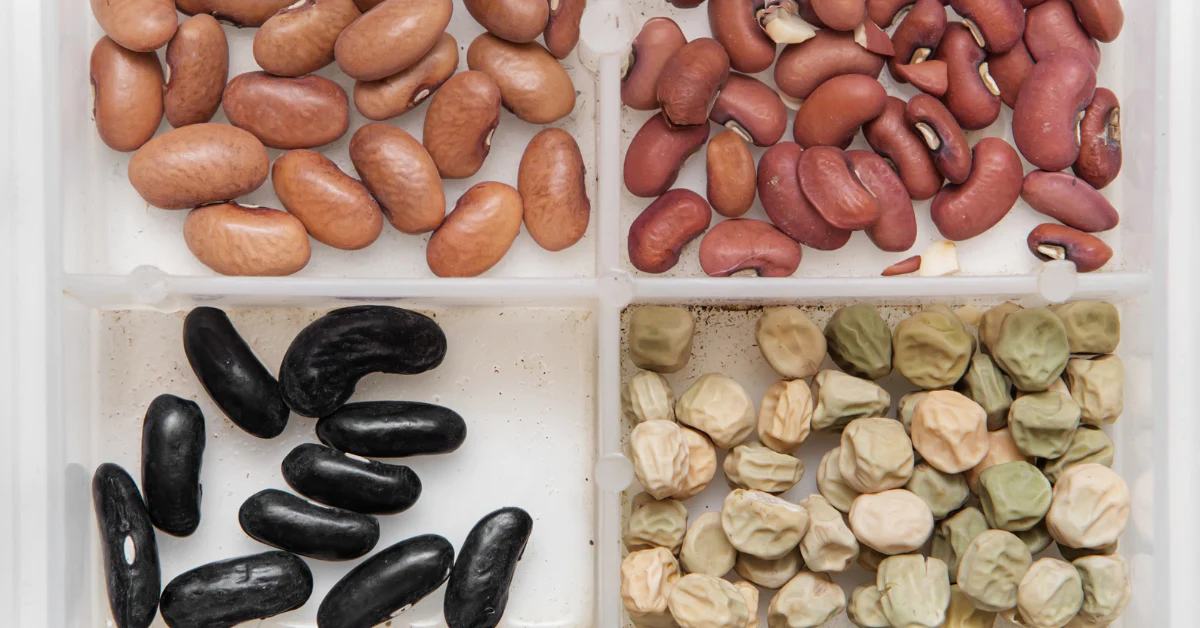
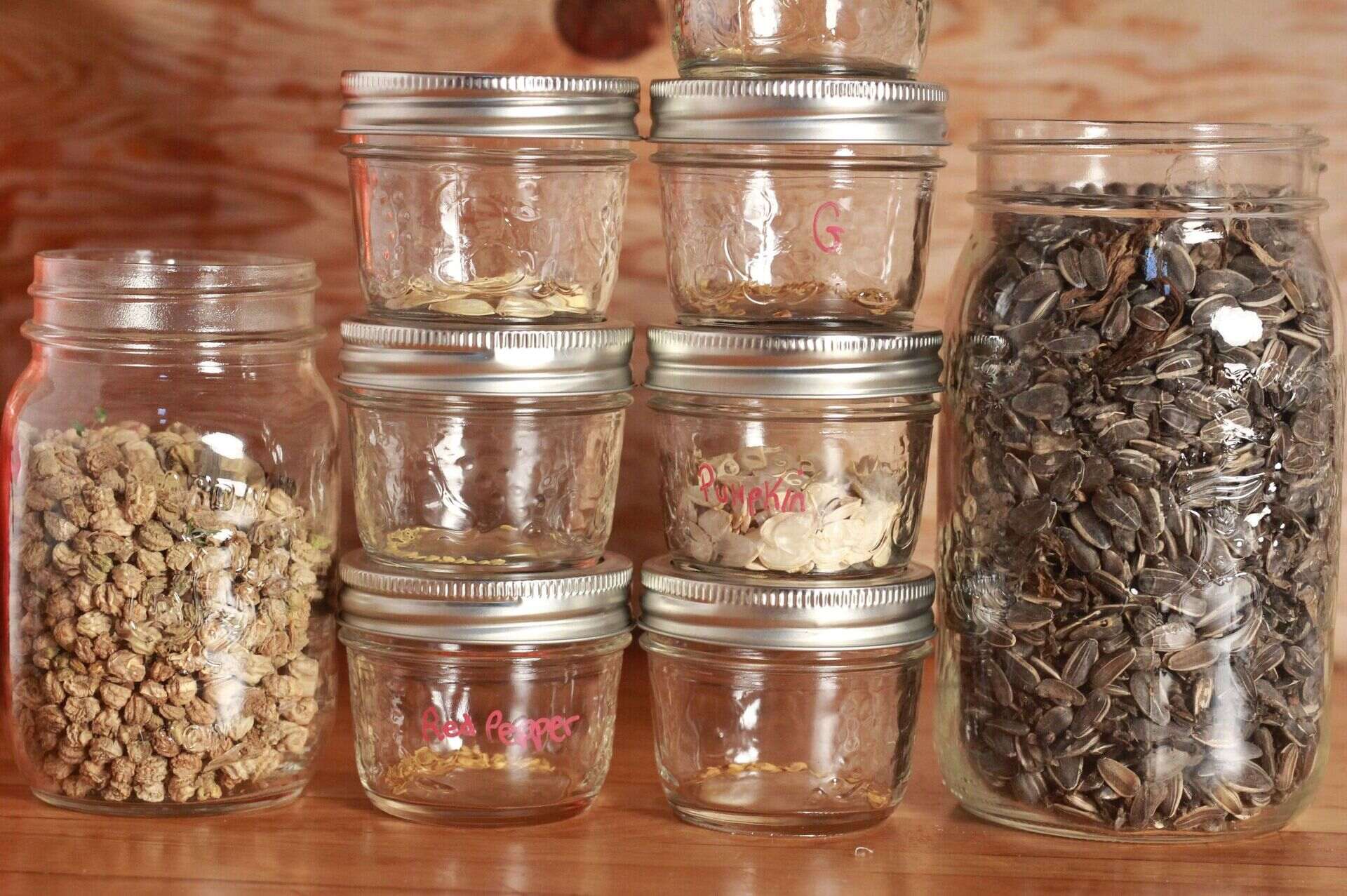
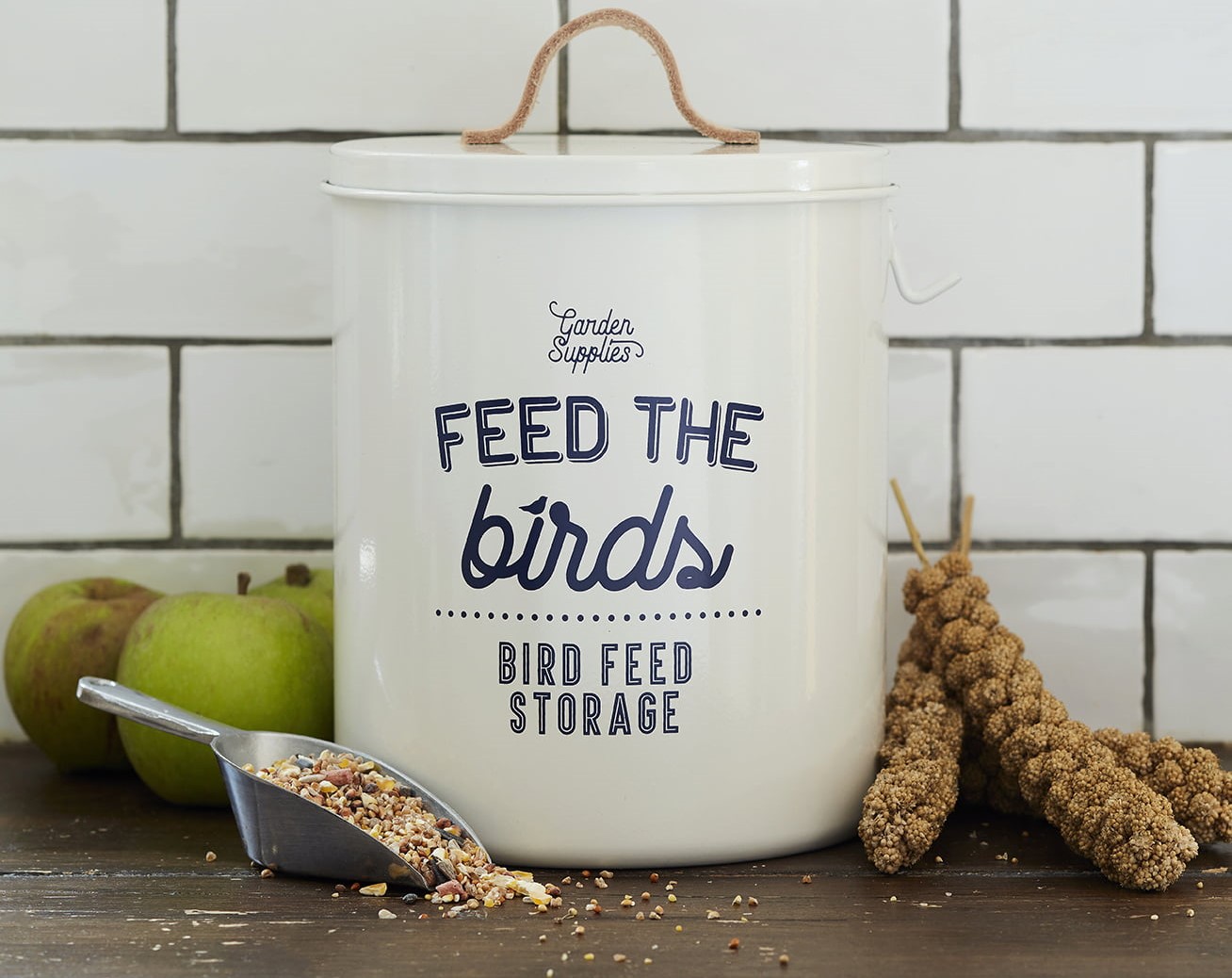
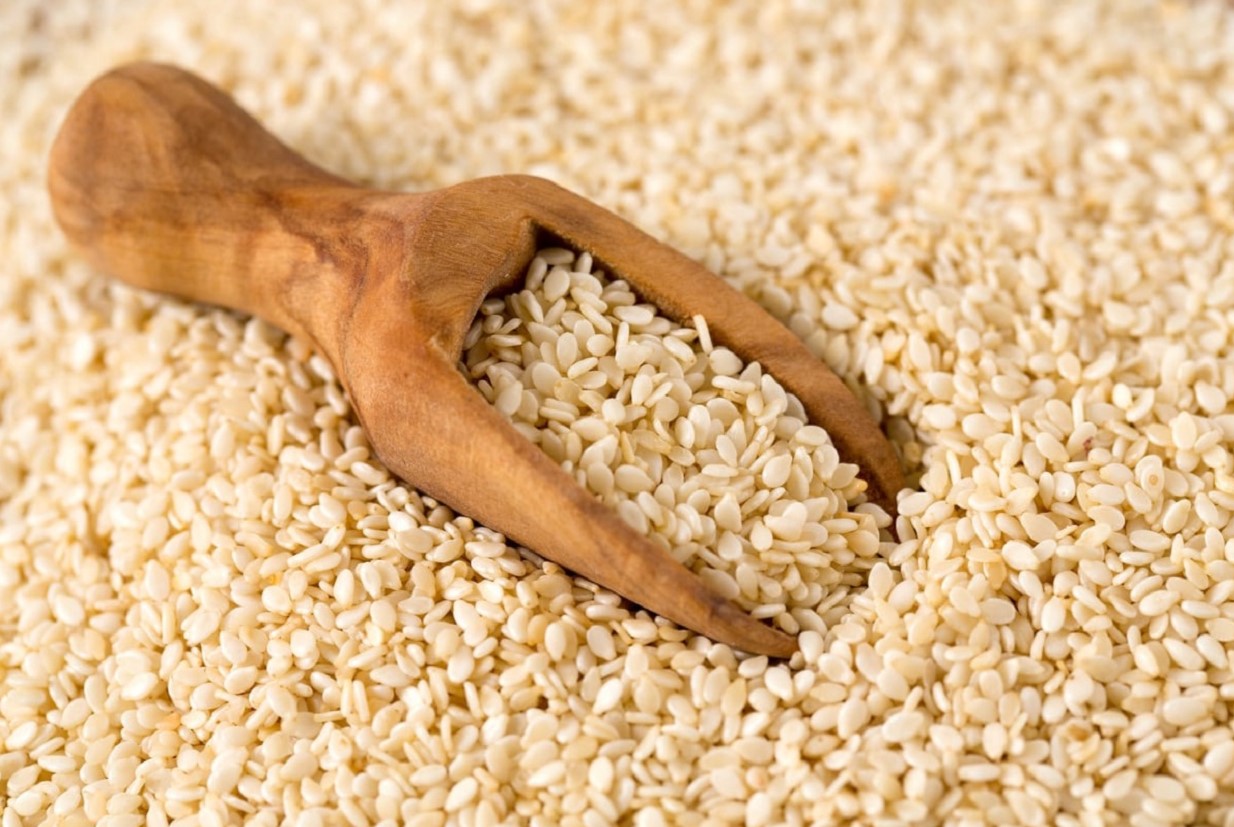
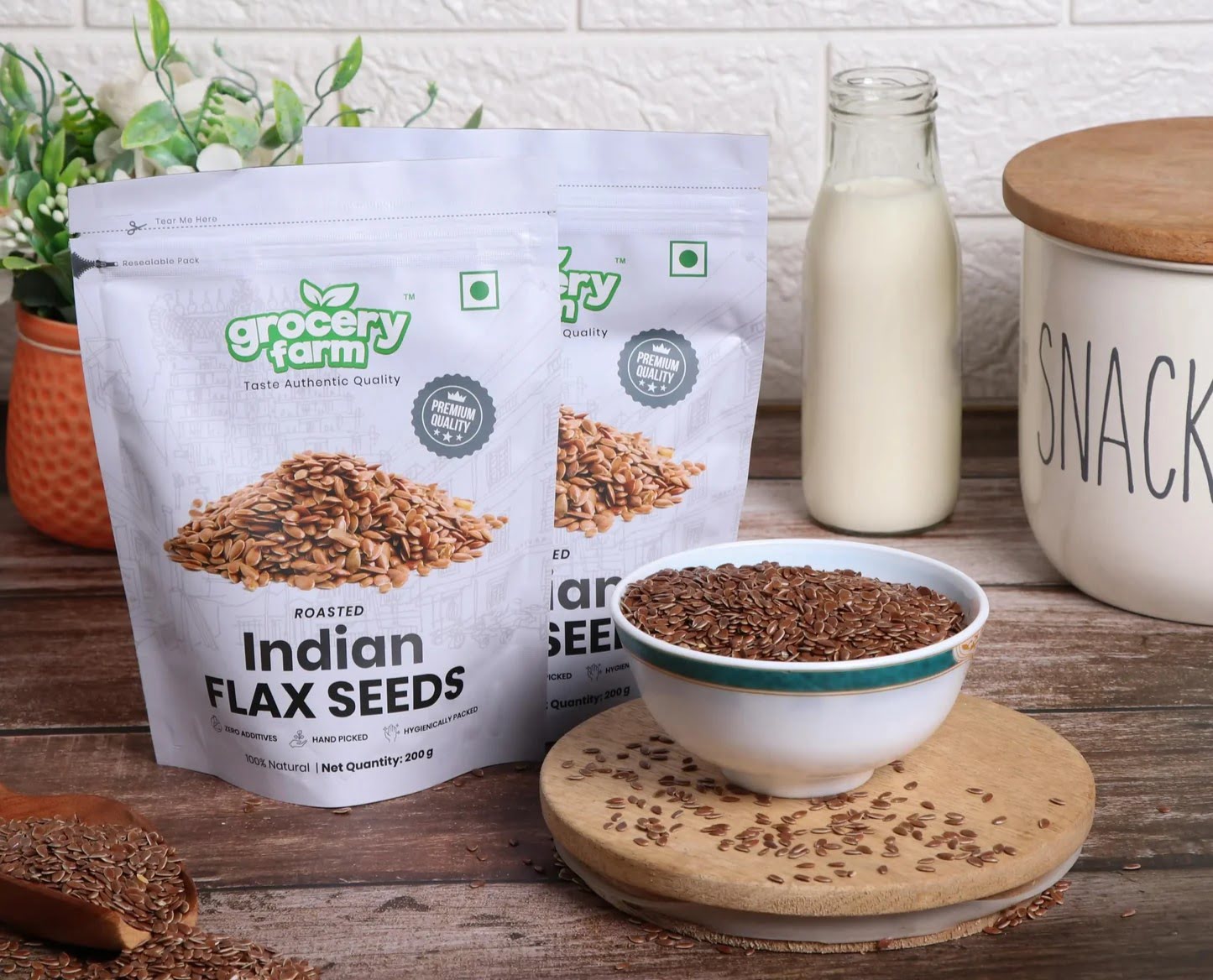
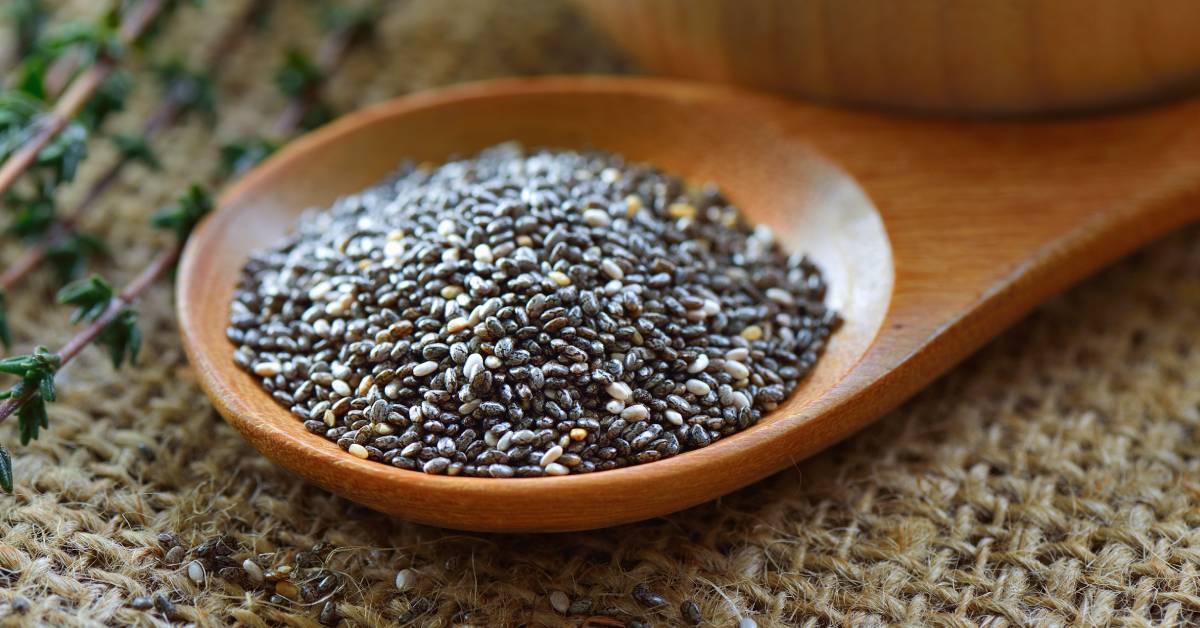
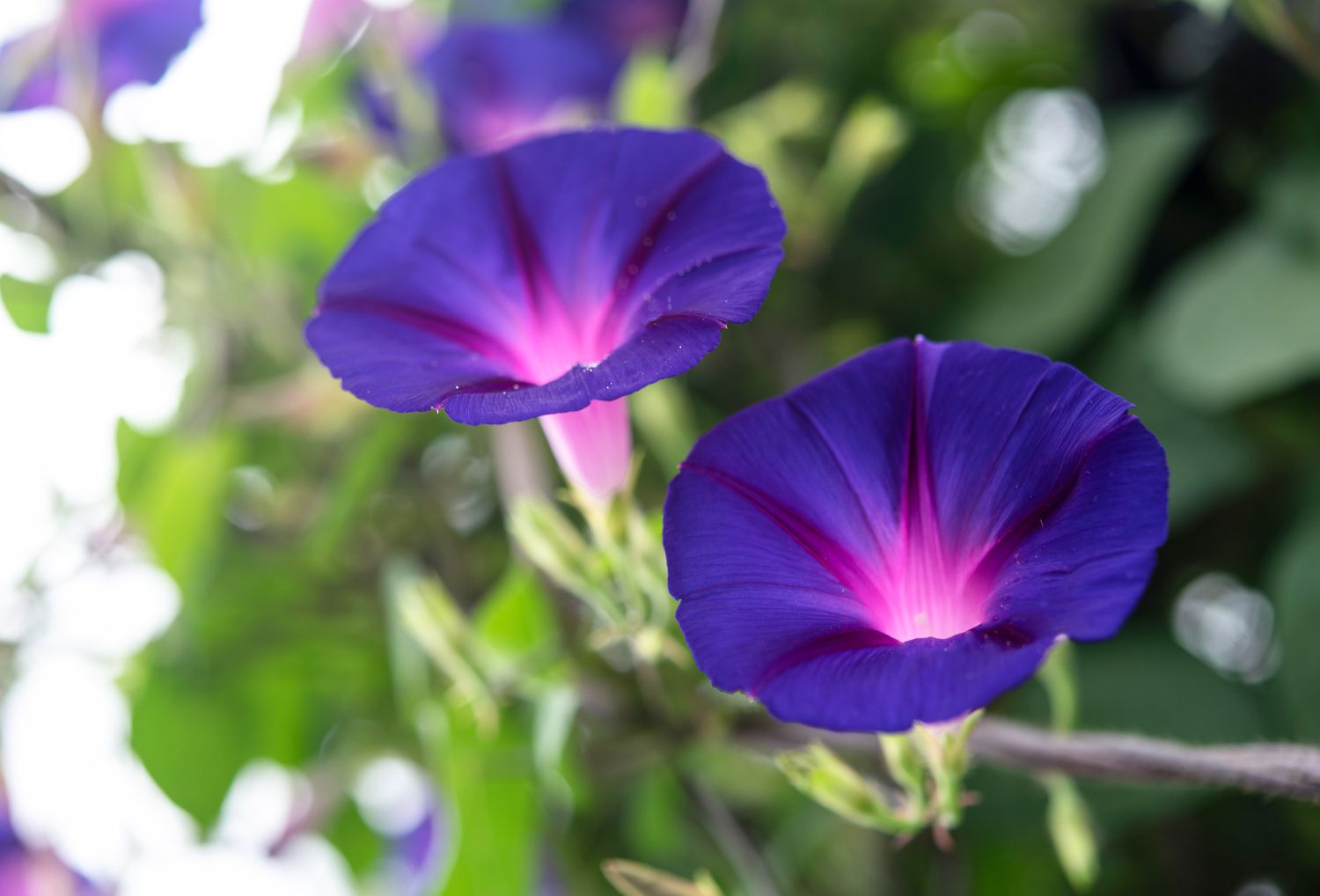
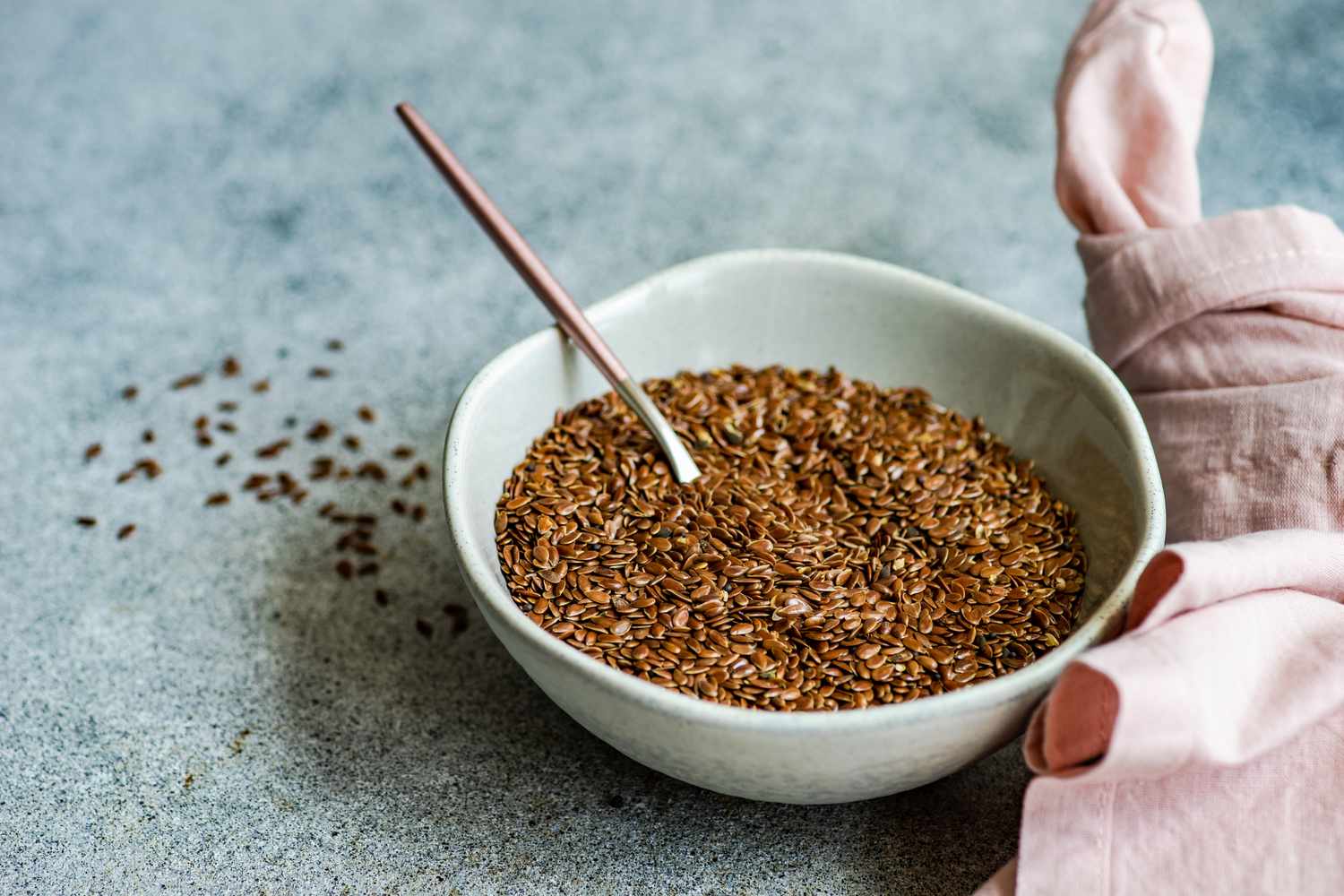
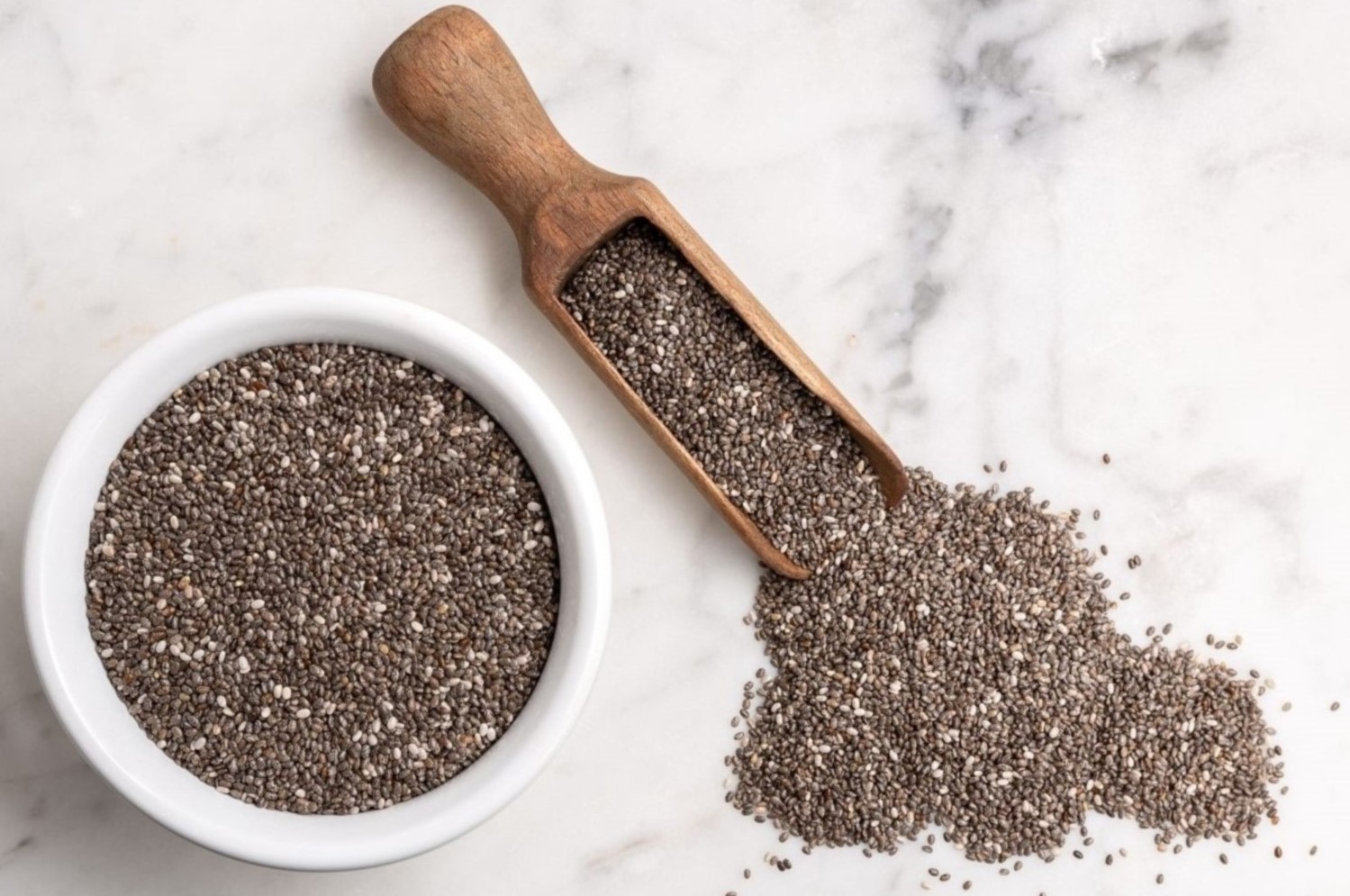
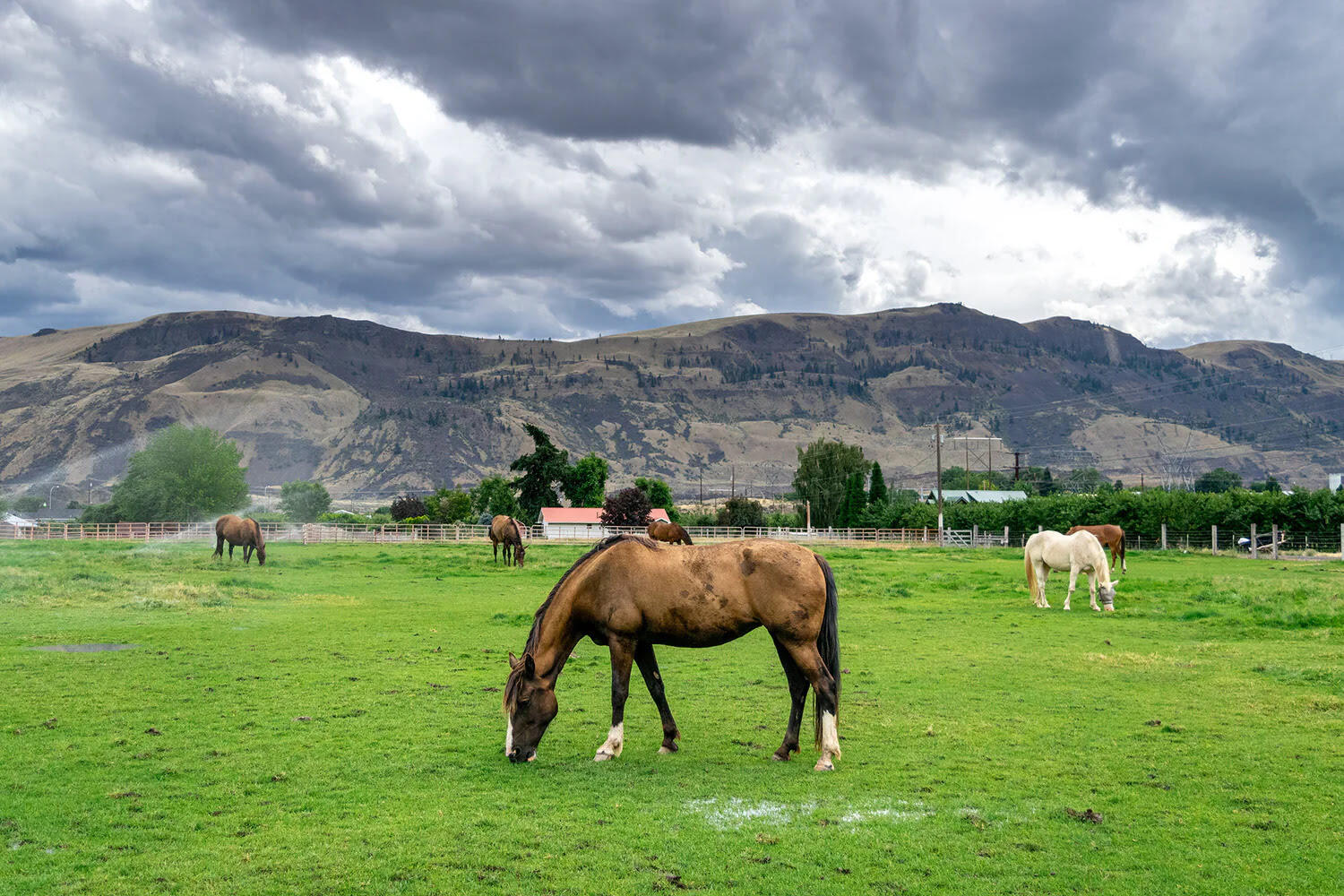
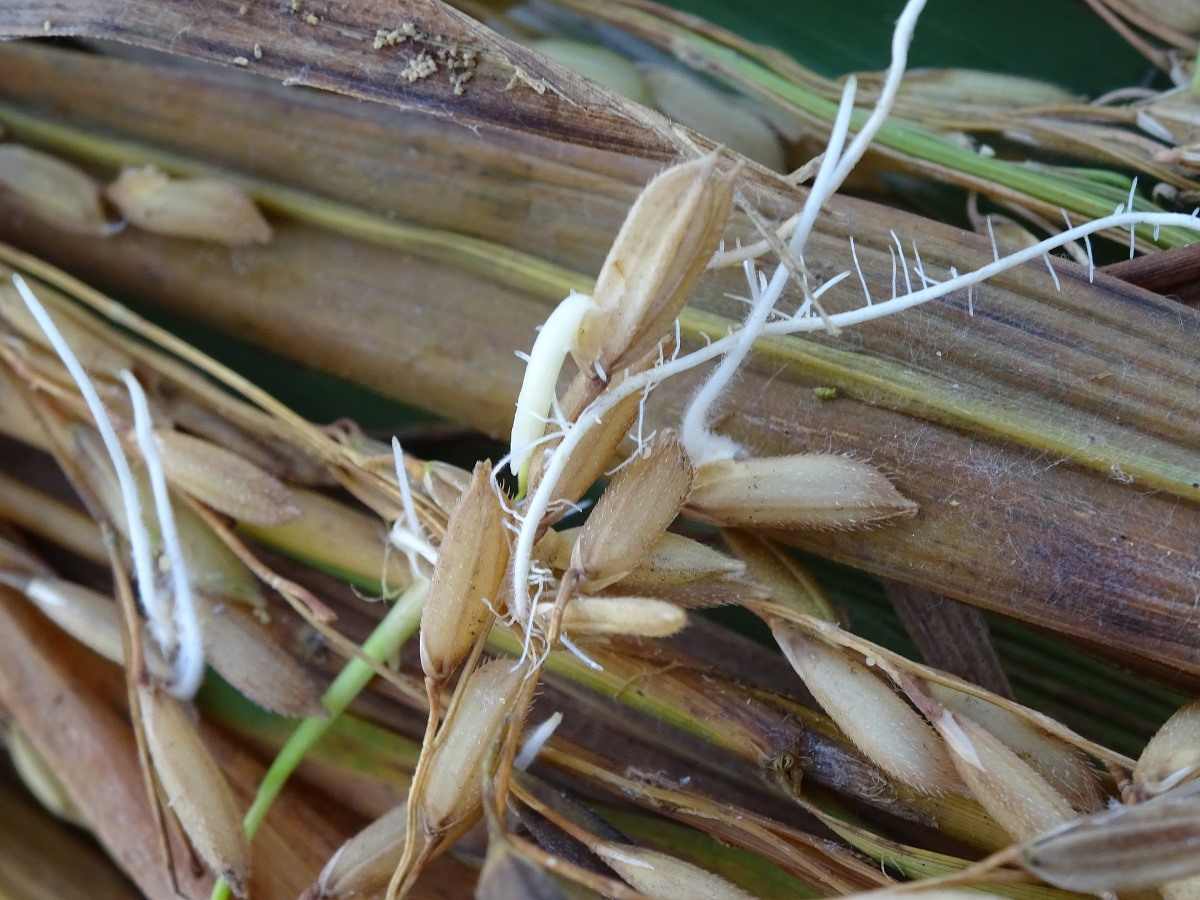
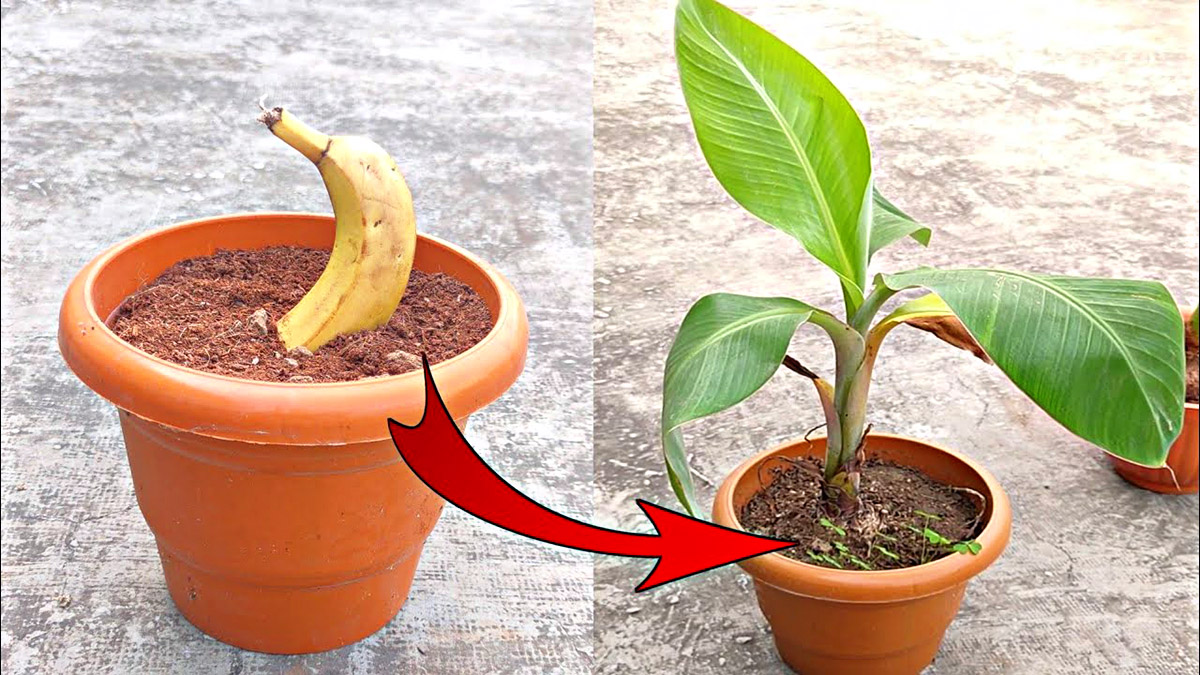
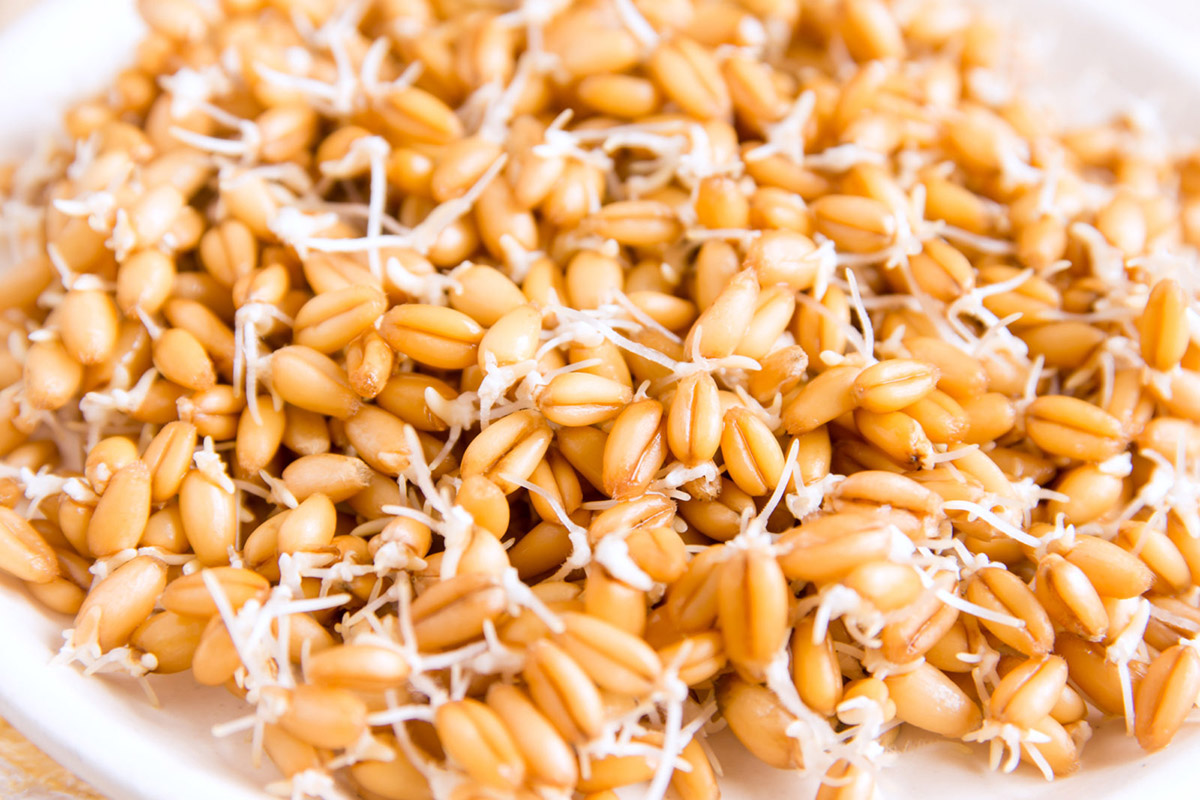

0 thoughts on “How To Store Seeds For Decades”